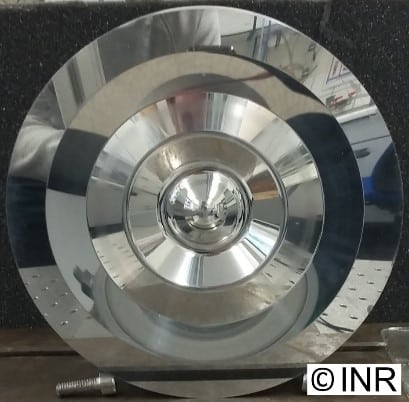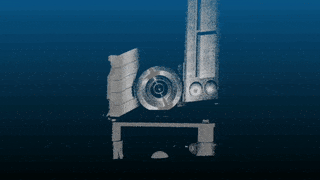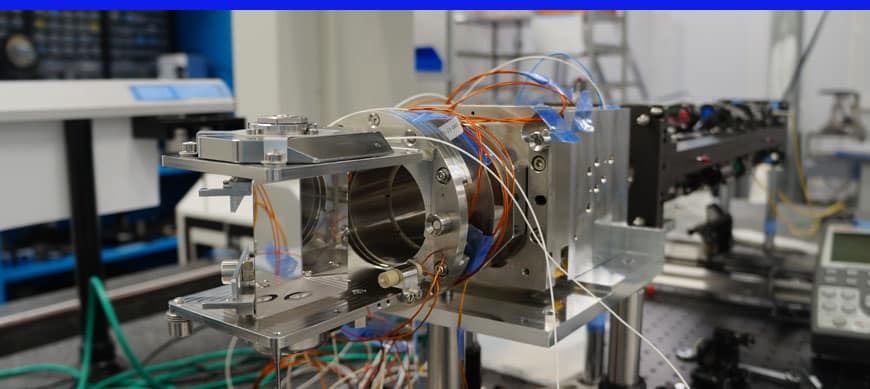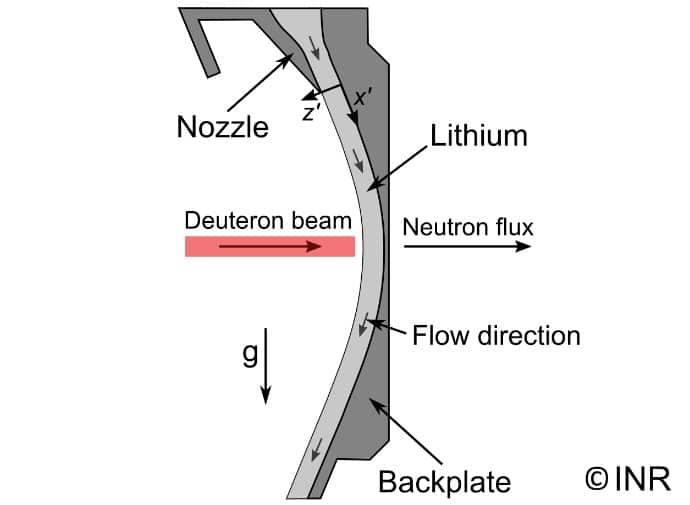Since 2022, Bertin Technologies and the Institute for Neutron Physics and Reactor Technology (INR) at Karlsruhe Institute of Technology (KIT) collaborate as part of their respective activities on ITER and IFMIF-DONES, two major fusion programs. Focus on their collaboration based on IVVS, developed by Bertin Technologies for Fusion for Energy.
After successfully testing a prototype, Bertin Technologies is currently developing an In-Viewing Vessel System (IVVS) for Fusion for Energy*, the EU organization managing Europe’s contribution to ITER — the biggest scientific experiment on the path to fusion energy. Consisting in a mechanical arm with an optical probe, this remote inspection system will be able to measure erosion inside the Tokamak by performing sub-millimetric amplitude and range images during maintenance procedures.
In parallel, INR is involved in the IFMIF-DONES program, which aims at developing a database of fusion‐like neutron irradiation effects in the materials required for the construction of the Demonstration Fusion Power Reactor (DEMO). To do so, INR needs to measure the lithium thickness variation in the DONES experiment chamber. Indeed, collecting such data is highly strategic to control the Deuteron accelerator and prevent high heat in the backplate that could cause structural damages.
During its test campaign, INR called on Bertin Technologies to use the IVVS probe and perform this delicate control operation. Unlike off-the-shelf systems, IVVS had the advantage of being already compatible with very harsh reactor environment, such as vacuum, high temperatures, gamma and neutron radiations. To demonstrate IVVS’ relevance for this purpose, the test campaign consisted in measuring different model surfaces from 4 or 8.5 m distance, while simulating the specular lithium surface expected in the DONES experiment. Indeed, different types of wave structures are expected on DONES’ lithium surface. To simulate them, several experiments have thus been conducted with Liquid metal (GaInSn)for small surface waves, and solid metal for large magnitude low frequency waves.



As a result, this experimentation session reinforced the assumption that the IVVS probe is well adapted to the IFMIF-DONES application. Indeed, the specular model surfaces were detected within the scope of the requirements. Moreover, the measurements of the model surfaces showed promising results, opening possibilities to use IVVS measurement concept, not only on ITER but also on DONES.
*Framework contract F4E-OMF-383-01-04


